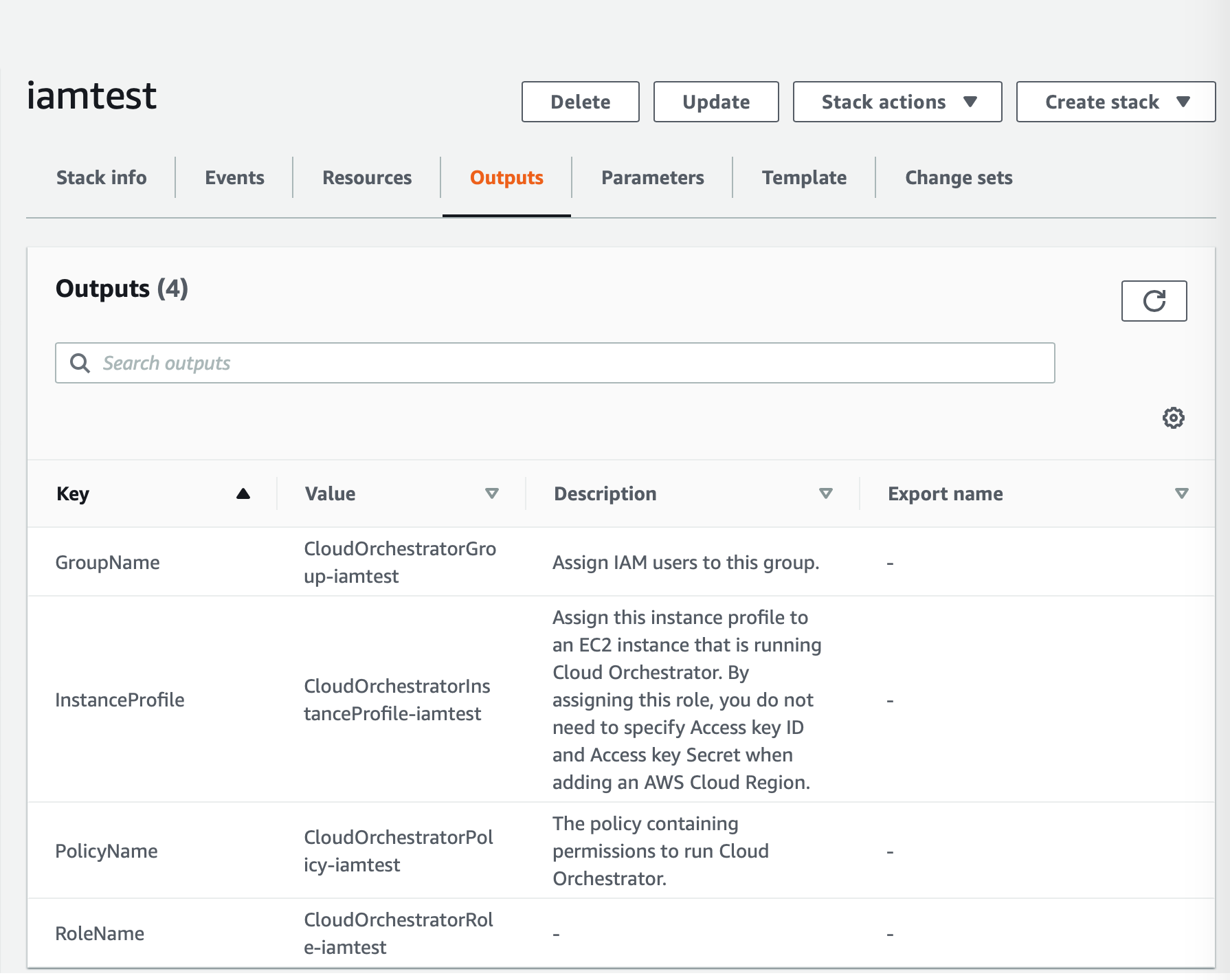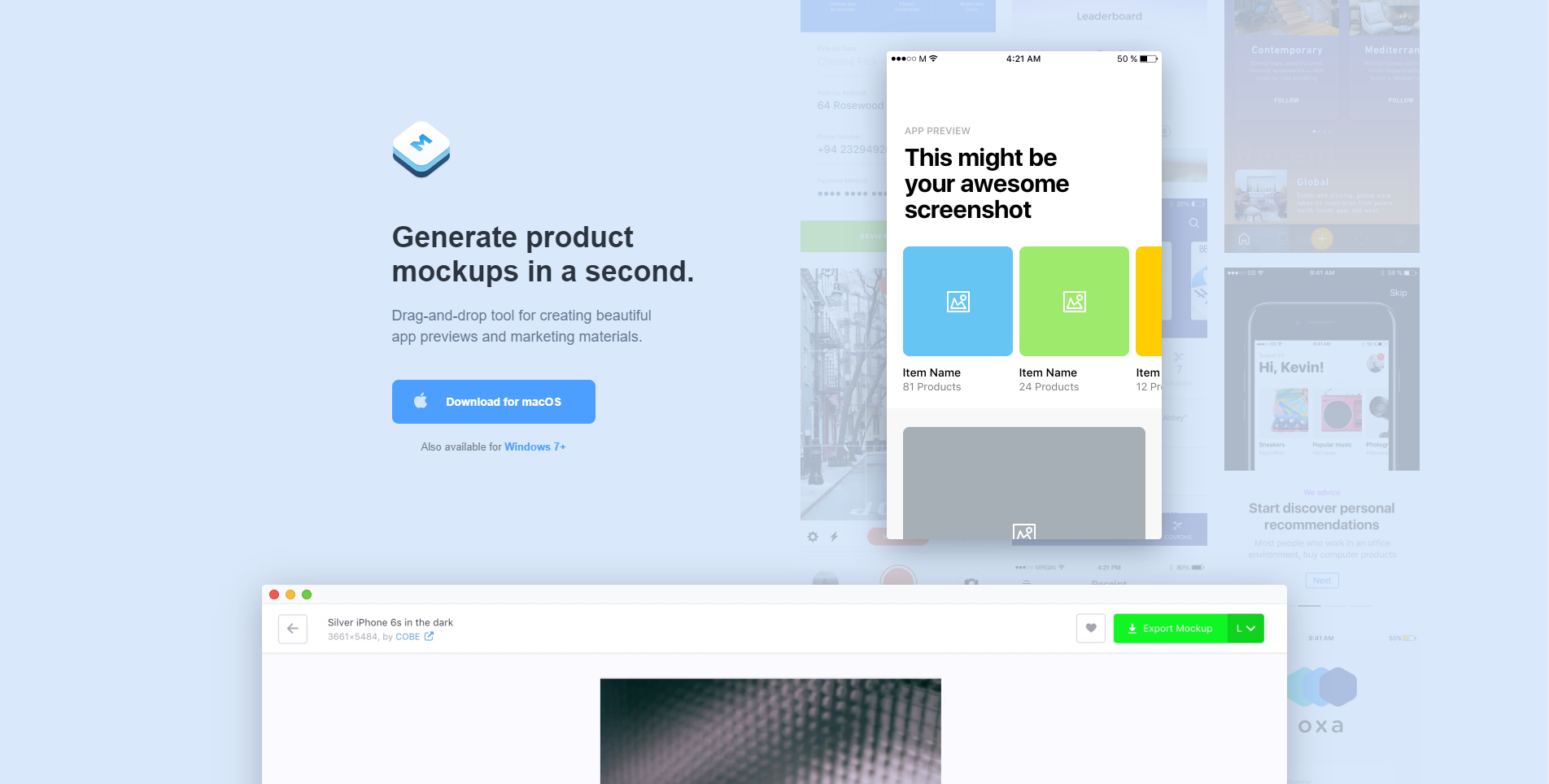Generate Access Keys Using Cloud Formation Template
- Generate Access Keys Using Cloud Formation Template Example
- Generate Access Keys Using Cloud Formation Template In Aws
Background
AWS CloudFormation is a wonderful service for automating your AWS builds – my colleagues have done a number of detailed walk-throughs in other blog posts.
Jun 04, 2018 AWS offers a tool called CloudFormer that can be used to create a CloudFormation template from an existing stack. This tool runs on a t1.micro instance, can be started via a CloudFormation template and provides an endpoint that you can use to interact with it (if you load that endpoint in the browser you get a nice UI, but you could also interact with that endpoint from your own. Apr 23, 2017 Create CloudFormation Stack (EC2 + RDS) & Deploy Docker App - Episode #7. Create a KeyPair on AWS account to be used for SSH access to EC2 2. Generate API keys and configure the AWS CLI on. Dec 21, 2018 This article describes how to use AWS CloudFormation to create and manage a Virtual Private Cloud (VPC), complete with subnets, NATting, and more.
AWS also provides a toolkit for Visual Studio as an extension of the IDE. To get started, configure the extension with your AWS IAM Access Key ID and Secret Key and you will be able to use the new AWS explorer pane to explore all AWS services such as VPC, EC2, RDS, etc.
By installing the toolkit, it also automatically installed the AWS .NET SDK which included libraries to develop apps using AWS services using .NET classes. With the AWS SDK support on the .NET platform, building applications and infrastructure leveraging AWS services using .NET easier.
Create and deploy your CloudFormation template in Visual Studio
To create a new CloudFormation template in Visual Studio, you simply add a new project: select AWS — File — New — Project. Navigate to Templates — AWS and select AWS CloudFormation Project.
Once the project is created, you will be presented with the goodness of Visual Studio including Intellisense!
To deploy the template, right click the template and select Deploy to AWS CloudFormation
Troubleshooting notes
I came across an error whenever I deployed a new AWS CloudFormation template created in Visual Studio (I am using Visual Studio 2012 Premium edition). The error indicated a syntax error; and after validating my template – it is clear that it is not a formatting error.
Deploying the sametemplate directly on the AWS console or via an AWS Powershell command (test-cfntemplate) rendered the same result:
Finding the solution took some searching, until I found a post indicating that this is caused by the default encoding used by Visual Studio: UTF-8 with BOM (Byte-Order-Mark). Changing the default to UTF-8 without BOM fixed the issue. This can be changed by selecting File — Advanced Save Options in Visual Studio.
AWS CloudFormation provides a common language for you to model and provision AWS and third party application resources in your cloud environment. AWS CloudFormation allows you to use programming languages or a simple text file to model and provision, in an automated and secure manner, all the resources needed for your applications across all regions and accounts. This gives you a single source of truth for your AWS and third party resources.
Benefits
Model it all
AWS CloudFormation allows you to model your entire infrastructure and application resources with either a text file or programming languages. The AWS CloudFormation Registry and CLI make it easy to manage third party resources with CloudFormation. This provides a single source of truth for all your resources and helps you to standardize infrastructure components used across your organization, enabling configuration compliance and faster troubleshooting.
Automate & deploy
AWS CloudFormation provisions your application resources in a safe, repeatable manner, allowing you to build and rebuild your infrastructure and applications, without having to perform manual actions or write custom scripts. CloudFormation takes care of determining the right operations to perform when managing your stack, orchestrating them in the most efficient way, and rolls back changes automatically if errors are detected.
It's just code
Codifying your infrastructure allows you to treat your infrastructure as just code. You can author it with any code editor, check it into a version control system, and review the files with team members before deploying into production.
Customer videos
TechnologyOne
When breaking up an application into microservices, how do you do it fast and reliably? See how TechnologyOne did it in just a single day using AWS CloudFormation and Application Load Balancers!
Cloudreach
Adam from Cloudreach explains how Sceptre uses AWS CloudFormation to allow customers to create and manage their application environments. Until dawn cd key generator.
Read the blog.
Lemongrass
Lemongrass introduces a new feature for their
View the architecture diagram.
FileMaker
FileMaker describes how they built a solution for SMB customers that automatically scales FileMaker to handle surge events. The solution leverages the AWS Marketplace, where FileMaker lists its software, in addition to AWS CloudFormation to deploy and resize FileMaker environments on AWS.
View the architecture diagram. View the FileMaker on-premise vs. cloud/AMI architecture.
To see more AWS CloudFormation videos visit the This Is My Architecture Page.
Featured customers
“We use AWS CloudFormation for one-click network creation. It’s a very easy tool,” says Wise. Nextdoor also uses the Puppet automation tool for defining and building servers in AWS, and the RightScale cloud management solution for configuring and monitoring machines in the AWS cloud.
All of the company’s networks are designed, built, and maintained through AWS CloudFormation templates. “This gives us the luxury of version-controlling our network, and it allows for seamless, exact network duplication for on-demand development and staging environments,” says Witoff.
Learn more >>
Expedia uses AWS CloudFormation with Chef to deploy its entire front and backend stack into its AWS environment.
Learn more >>
“We are very happy with AWS CloudFormation, because it means we are able to use ‘one-click’ deployment of our whole infrastructure.”
Learn more >>
Blog posts & articles

New: Use AWS CloudFormation StackSets for Multiple Accounts in an AWS Organization
Feb. 12, 2020
Sébastien Stormacq
Introducing TaskCat v0.9
CloudFormation Update – CLI + Third-Party Resource Support + Registry
Generate Access Keys Using Cloud Formation Template Example
New – Import Existing Resources into a CloudFormation Stack
AWS CloudFormation Update – Public Coverage Roadmap & CDK Goodies
Visit the Management & Governance Blog to read more about CloudFormation and other AWS Management & Governance services.
What's new
AWS CloudFormation StackSets introduces automatic deployments across accounts and regions through AWS Organizations
Feb. 12, 2020
CloudFormation Announces Drift Detection Support in StackSets
Nov. 19, 2019
AWS CloudFormation Launches Resource Import
Nov. 13, 2019
Learn more about the modeling and provisioning capabilities of AWS CloudFormation.
Learn moreInstantly get access to the AWS Free Tier.
Generate Access Keys Using Cloud Formation Template In Aws
Sign upGet started building with AWS CloudFormation in the AWS Console.
 Contact us
Contact us